Congratulations! You’re ready to learn how to sit the trot! Sitting the trot is infamous for causing some discomfort and frustration because it takes practice.
And even with practice, it sometimes doesn’t quite click immediately.
Meanwhile, riders are bouncing around, causing themselves and their horse some discomfort along the way. But we don’t want that to be your experience.
This post will give you some tips to help shorten the learning curve on how to sit the trot.
Sitting the trot is very similar in both English and Western; however, there are some differences. Western riders often refer to the trot as a “jog,” but in this post, we will use the term trot throughout.
Also, a Western saddle structure naturally allows for a deeper seat because the stirrups are longer.
If you are learning in a saddle other than a Western saddle or a Dressage saddle, try lengthening your stirrups by a hole or two and see if that makes a difference for learning.
With that, let’s get into the four things that can help you learn how to sit the trot.
How to Sit the Trot: Know the Gait
Why is the trot so hard to sit in the first place? The trot is the bumpiest stride your horse has. However, it is also the most efficient for covering long distances with minimal effort for your horse.
The stride itself has two beats, where the legs move in diagonal pairs. The two-beat nature of the gait is what makes it so natural to post the trot.
Posting the trot is where the rider lifts out of the saddle on alternate beats of the gait, thereby minimizing the contact with the saddle when the bump is at its worst.
This is because as the horse’s movement lifts the rider out of the saddle, the rider simply follows that movement and temporarily leaves the saddle instead of resisting.
People post the trot in both English and Western disciplines; however, Western typically defaults to sitting the trot, whereas English disciplines default to posting.
How to Sit the Trot: Perfect Your Posture
Posture is essential to comfortably sit the trot for each horse and rider. The trot is the bounciest gait that your horse has, and as the ride gets bumpy, your first instinct may be to tense up.
That impulse will only make it harder to learn how to sit the trot. Instead, relax into the movement and allow that softness to absorb each bounce in your horse’s stride.
Once you have made sure to stay relaxed, take a look at your posture. You do not want to be in front of or behind the horse’s movement, i.e., leaning forward or back.
By imagining a string attached to the top of your head pulling your body upward like the strings on a puppet, you will find the sweet spot in your posture and soon learn how to sit the trot.
Finding the proper angle for your posture is vital to learning how to sit the trot because if you lean forward, your back and hips aren’t able to move with your horse’s step, and you’ll quickly start bouncing around.
And if you lean back, you may have more ability to follow the movement, but you’re putting a lot of strain on your back.
How to Sit the Trot: Learning on the Lunge Line
Learning to sit the trot while also keeping your heels down, head up, looking where you want to go, directing your horse, and avoiding other riders is a lot to handle all at once when you’re just beginning.
To allow yourself to concentrate on learning how to sit the trot, rope in a friend who is savvy at lunging horses to help (see what I did there?).
Lunge line work is beneficial to learning because you won’t have to think about anything but sitting the trot.
Lunging is where the horse is attached to a long rope (the lunge line) and works in circles around the person holding the rope in the center of the circle.
That person is in control of the horse’s speed and direction, leaving you free to focus on relaxing those muscles, following the movement of the trot, and keeping your posture pulling up.
When learning how to sit the trot on the lunge line, you can take your feet out of the stirrups. This lengthens the leg and deepens the seat.
You won’t be able to stand up out of the saddle as easily, and so you’ll have to focus on absorbing the movement even more.
How to Sit the Trot: Fit Your Saddle
You know how important it is that your saddle fits your horse, but it is also important that your saddle fits you.
If the saddle is too big, it will be hard to learn how to sit the trot. Likewise, if the saddle is too small, you will not be able to comfortably sit the trot either.
It can help you to go to a tack shop and sit in the available saddles if you are trying to find your fit. However, you can get a reasonable estimate by using this saddle sizing tool.
The average Western saddle seat size is 15 inches, which is likely what size your borrowed saddle is.
A well-fitting saddle should have room for three fingers between your thigh and the swell. If your current saddle is too big for you, try out a smaller size.
The High Horse Mineral Wells Trail Saddle 6812 is highly rated and goes down to a 13.5-inch seat. But if your current saddle is too small for you, check out the Tucker Saddles Old West Trail Saddle 277 since it goes all the way up to 18.5-inches.
Also, make sure your stirrups are the correct length for balanced riding. Your feet should not be out in front of you. Instead, there should be a line from your shoulders, hips, and heels.
Sitting the Trot: Try Other Horses
Every horse is different. It can help you learn how to sit the trot to make sure you are getting practice time in on different horses.
Some horses have more of an up-down movement at the trot, while others may have a forward-back movement. Some horses take small steps; others have a longer extension.
By trying different horses when you are learning how to post the trot, you give yourself the chance to learn on a more comfortable horse.
Also, by learning how to sit the trot on various horses, you have more opportunity for “aha” moments; things may click on one horse, and you can translate that to other horses.
Conclusion
In conclusion, learning to sit the trot can be difficult at first.
However, by knowing the gait, perfecting your posture, learning on the lunge line, checking your saddle fit, and trying various horses, you can become a pro at sitting the trot.
The final stage of learning any skill is teaching it to someone else. So, once you have the technique down, show someone else how to sit the trot.
Was this post helpful to your learning how to sit the trot? I’d love to hear your experience. Another post you may find helpful to read is Gaited Horse Saddles for the Perfect Walk, Trot, Canter.
Please leave your comments below.

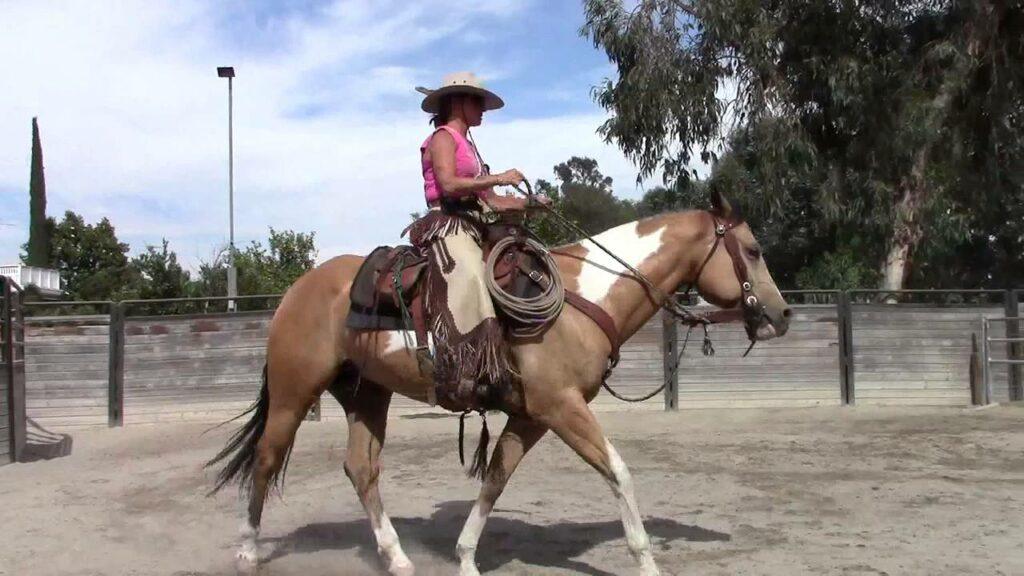
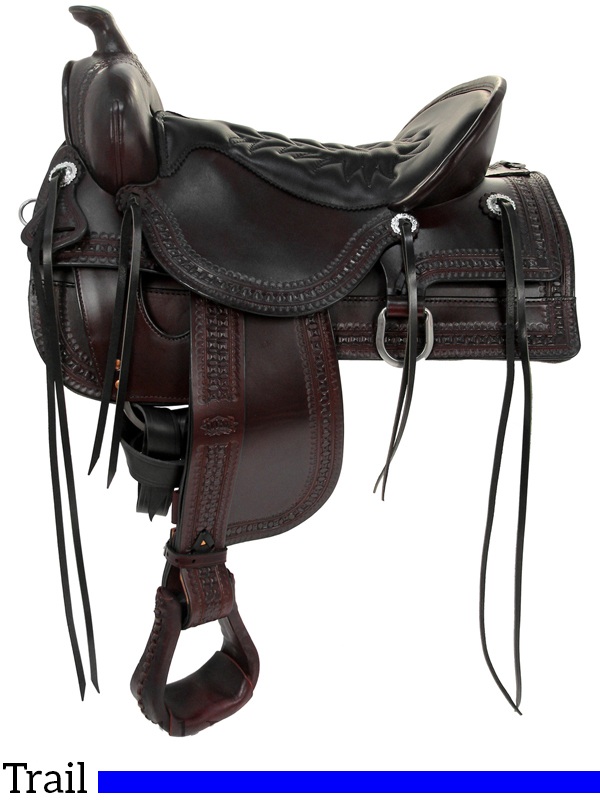
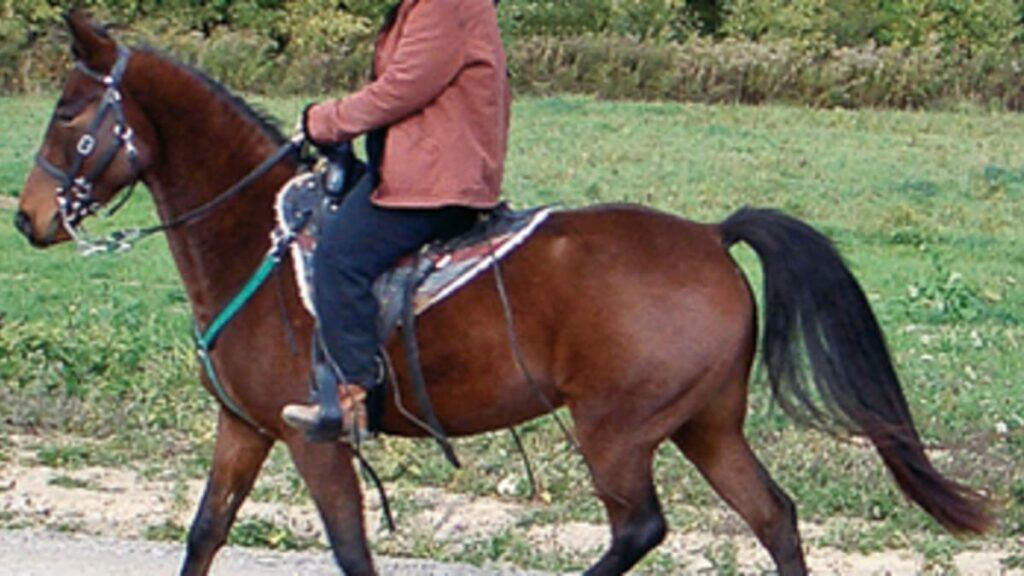
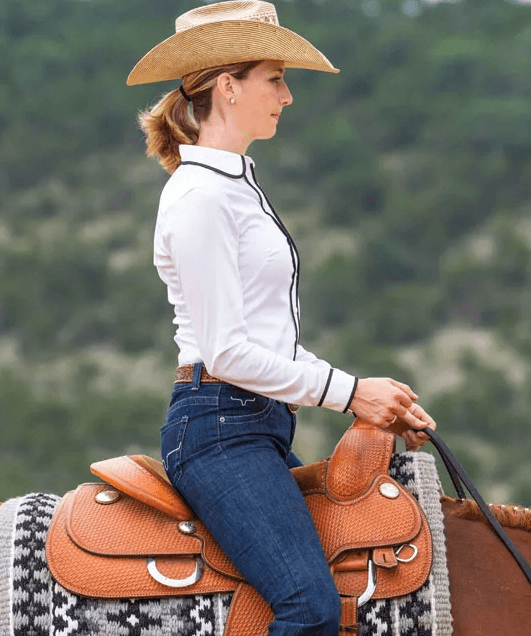
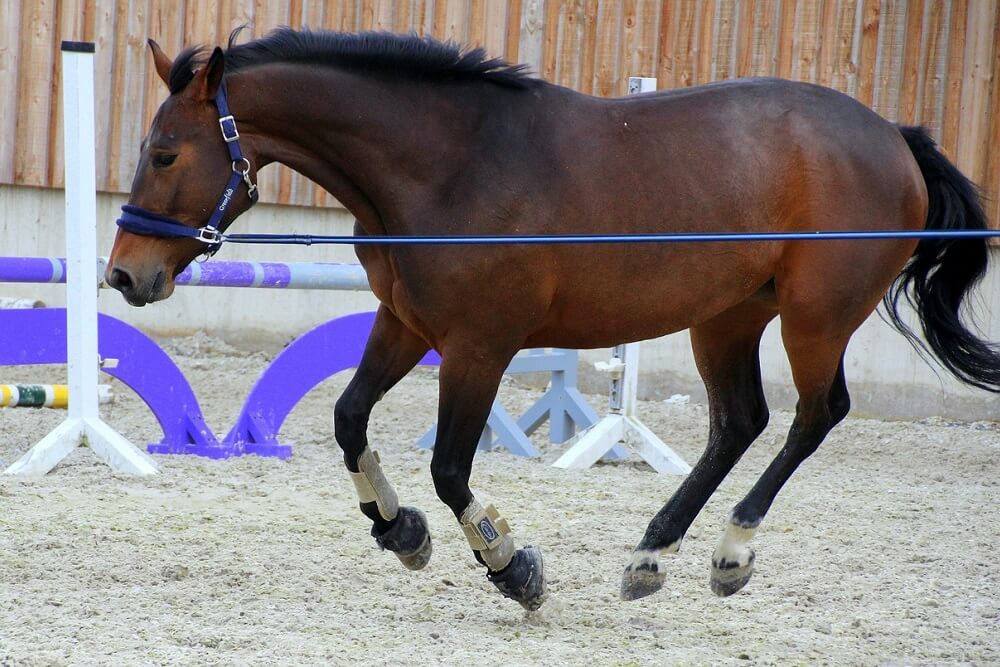
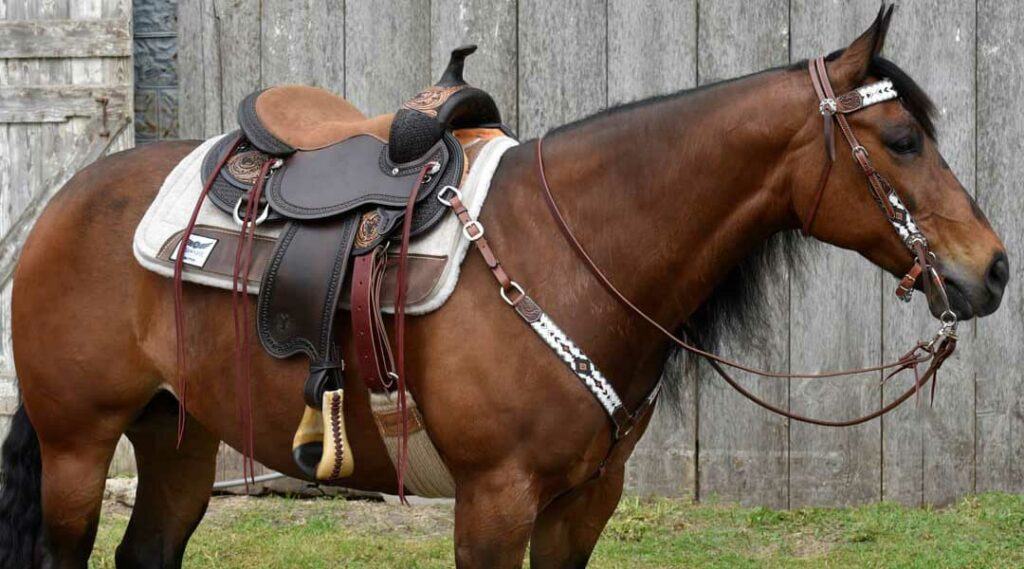
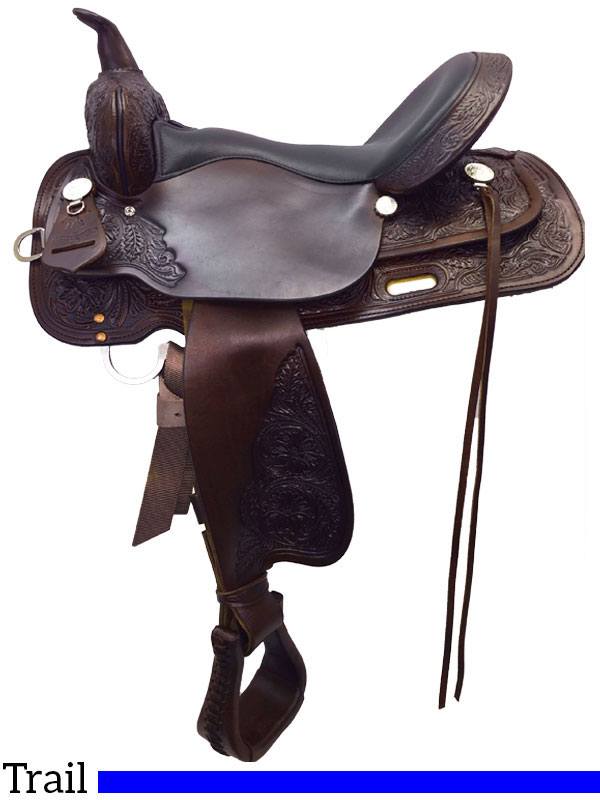
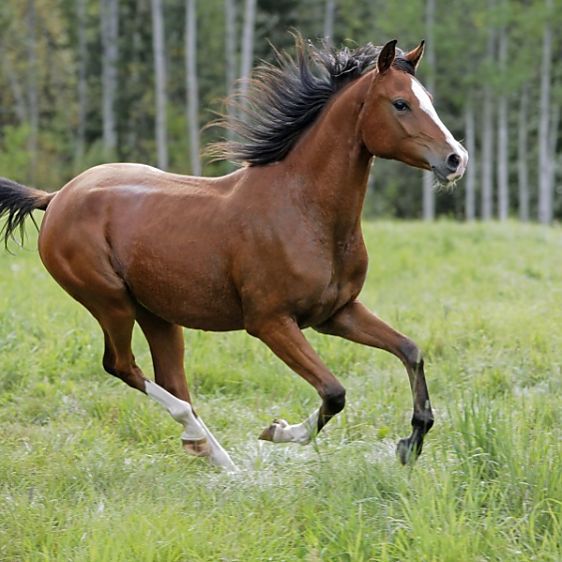
They say education is key and practise makes perfect and it seems like it is no different when it comes to mastering sitting the trot. I would have never imagined that there is such a lot of technique involved in riding a horse. A very interesting article indeed.
Thanks for your comment. Yes. Lots of technique involved in riding a horse.
Hi Shalisha
Living in Scotland, I have never ridden Western style but you have got me interested! I had a quick google search and found there is a center about 150 miles from me where I could go and try it out!
Posting to trot (or rising as we call it here) is most common here unless you are riding in a dressage competition or need to ride a bit more strongly. I didn’t know it was physically possible to do in a Western saddle.
It looks so comfortable. I checked out one of the saddles photographed on this page and one of the reviews is from a Police Officer who rides in hers for up to 12 hours a day and finds it really comfortable. (Now that I think about it, I have seen them used in endurance rides too.)
Looking forward to checking out more of your posts.
Best,
Jean
Hi Jean. Thanks so much for your comment! Yes, police officers need the right type saddle too in order to be able to sit in the saddle for many hours a day. I’m so glad you found this post helpful.
Hi Shalisha, I loved horses a lot when I was much younger as my younger brother’s British nanny and her family kept a couple of them. I was always fascinated by those riding them, and my older sister did quite well with her lessons. I was too young to ride at the time. Unfortunately, we moved continents before I could start.
Your article provides very in-depth information about sitting the trot and it has re-awakened my desire to get on a horse once again. Now that I can afford it, I think riding lessons will be a good form of exercise as I transition from the corporate world into a less hectic lifestyle.
Ceci
Hi Ceci. Thanks for stopping by and commenting. I’m glad my post inspired you to want to take up riding lessons again. I would recommend starting out with trail riding as that’s the easiest. If you’d like to read a review on some really great trail saddles, I wrote a good one on the Circle Y Julie Goodnight Wind River trail saddle.
Hi Shalisha, I always was interested in riding a horse. When I was young I tried it several times, but my parents couldn’t afford the training, so I have stopped again. But I love horses, and riding is an act of freedom for me. If I would have known earlier what you have described in your post, I might still be riding a horse. It is a pity, but things are sometimes going that way. But of course, I still could try to take riding lessons. I really remember trying the trot and ending up bumping hard. It is not easy, but so much fun. And I love horses. Thank you very much for this great informative article. 🙂
Hi Sylvia. Thanks for stopping by and sharing your experience with sitting the trot. It is definitely not easy to master, but like everything else, it takes practice. It really is fun though, and I hope you take up riding lessons again. But this time, tell your instructor that you’d like to learn to sit the trot.
Shalisha,
I don’t know much about the terms of riding horses, but this article explains it. When I was a kid, ever since I saw my first horse, I wanted to ride it. In Alaska, the fair used to have pony rides, as well as some spread out through the city during the summer. My Mom claimed that the instructors that usually help kids tried to help me when I was just 3 years old and I refused the help. She said I climbed on the horse like it was natural for me, I sat in the saddle and tried kicking behind me but couldn’t reach. Then she said I was trying to move the horse by rocking forward, saying, “Giddee-up”, but the ponies were on a lead and only going in a circle. She said she laughed so hard at me trying to go faster and I couldn’t.
At 8 years old, we went to VA to visit my Dad’s family there that has a farm. My cousin took me out riding, and she said that she was going to give me the slow horse so I didn’t fall off.
She tried instructing me, but then I just climbed up like I’d been doing it my whole life. My Mom said next thing she knew, I was kicking the horses butt and off we went. She said she worried the whole time I’d fall off since the horse was at a run, but she said I acted like a natural. Even my Aunt was impressed I guess.
I don’t remember much of the events, but they tell me they had never seen a kid new to riding act like she’d been doing it for years. All I know is ever since I was a kid, I’ve loved horses and always wanted a couple of my own. But, you have to have space and the set up, and Alaska isn’t the best place for that. Maybe someday when we move down South.
Anyway, thanks for sharing this post! Very informative!
Katrina
Hi Katrina. Wow! You sound like a natural. Most kids (and adults) and scared of those magnificent creatures, but not you. I’m hoping you’ll start riding again. And definitely stop by to buy a saddle.